
Stormwater Pond Maintenance Tips
As the growing season comes to an end, this is the perfect time to think about having your stormwater pond or management facility inspected, and scheduling for any necessary maintenance or repairs. Sediment removal, pipe repair and other remediation efforts can all be done in the off season to help you prepare the facility for the coming year. This is also the ideal time to budget for any work that is needed in the coming year.
Here are the top six things SOLitude’s aquatic management professionals consider when it comes to maximizing the efficiency of your stormwater management facility.
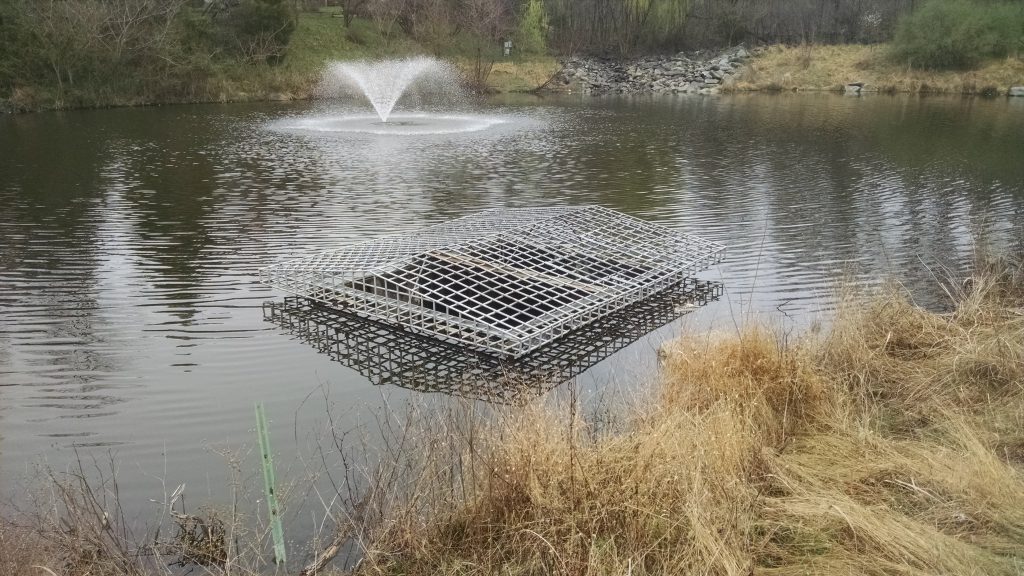
The Strength and Integrity of the Outlet Structure
It’s important to discover cracked concrete and other visible signs of damage as soon as possible. All grates should be cleaned and checked for debris and sediment blockage. If the facility has a low flow orifice, it needs to be free and open. The low flow orifice lets the water drain slowly after rain so that the suspended particles have time to settle. If the outlet structure has a concrete box, nothing should be present that may impede the flow of water. Signs of erosion should be checked for above where the structure meets the pipe. This is often an indicator of a gap in the seal and the beginning of a sinkhole.
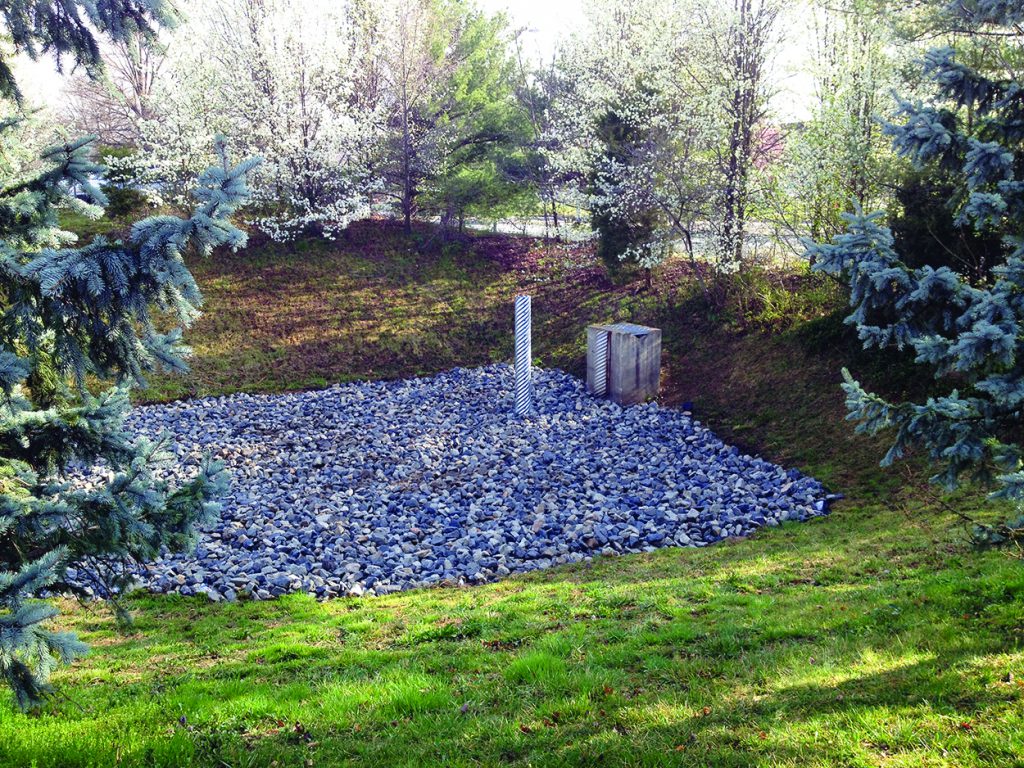
Functionality of Emergency Spillways
In the event of heavy rainfall over a short period, debris can quickly block the outlet structure before anyone has a chance to clear it. An emergency spillway is a channel below the top of the embankment that can provide some relief to the system and direct discharge away from critical structures and protect the embankment. The spillway should either be vegetated with light vegetation or stone.
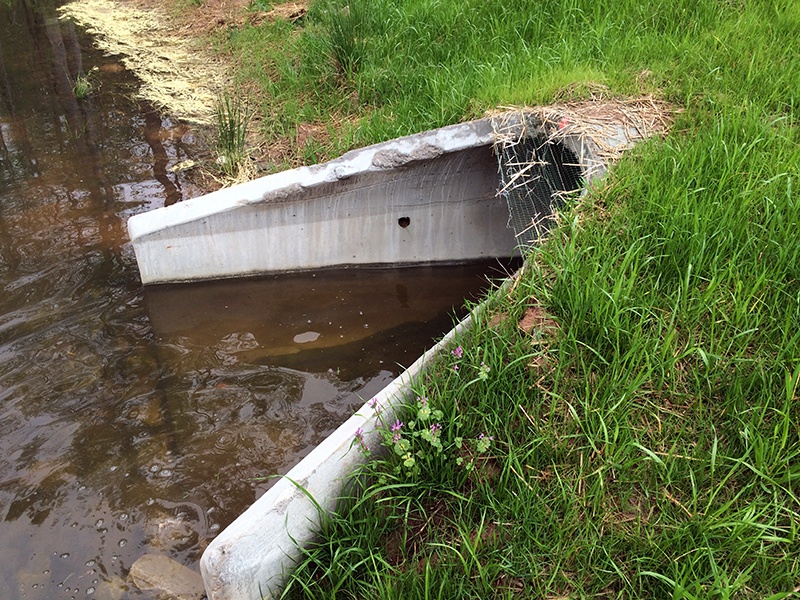
Inlet Build-Up and Flow
This is especially important right at the end of any pipes because a blockage there will cause a backup on a nearby street which could expose buildings to a risk of flooding. Swale and riprap channel inlets should be clear of trees. All channels that carry water to the facility should be kept clear of debris, sediment, and excess leaves.
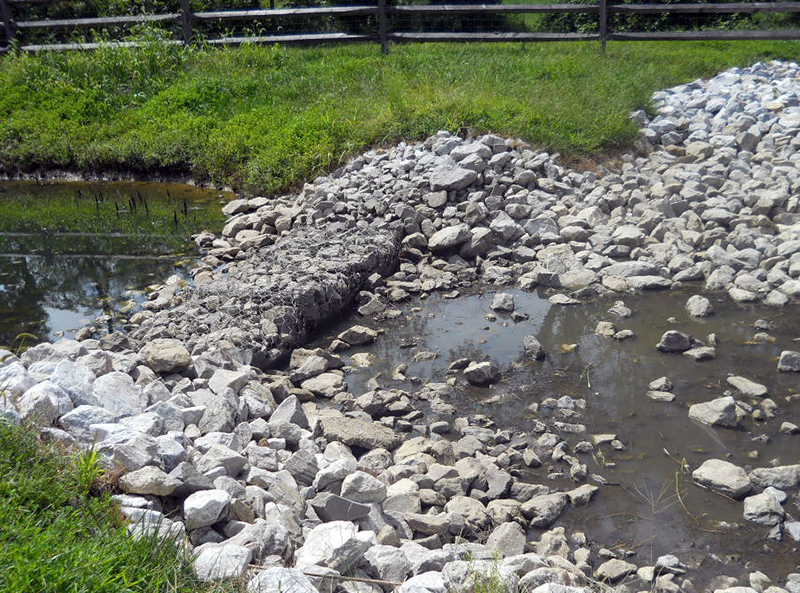
Forebay Functionality and Debris Removal
Some stormwater ponds have forebays, which are collection points just beyond an inlet made of stones or earth. These forebays act as filters to capture most of the incoming debris and sediment in one location, making routine maintenance easier and extending the longevity of the main pond or basin. Some vegetation is encouraged, as an added filter, but larger woody growth and trees are discouraged.
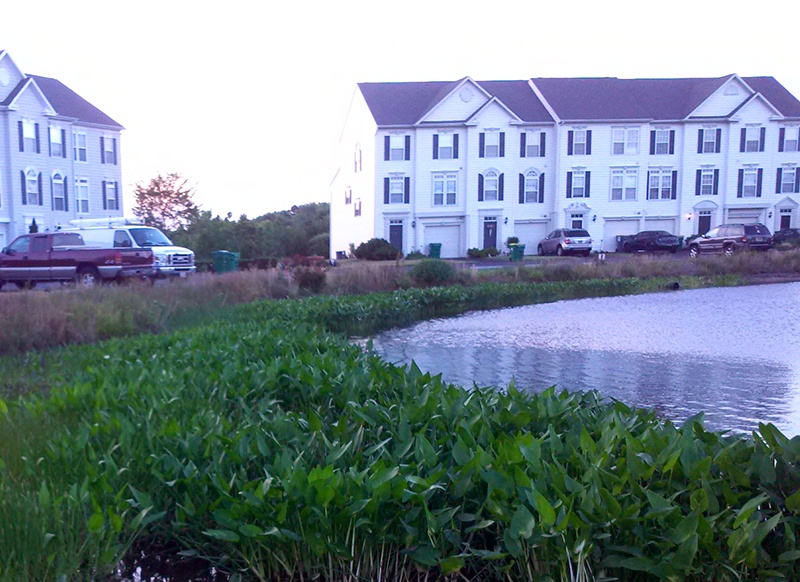
Establishing a Healthy Safety Bench
Many stormwater ponds have one or more safety benches to help prevent people from falling into deep water and drowning. These safety benches usually form a ring around the entire facility and should be vegetated with grass and/or wetland and aquatic plants. In dry areas, the vegetation helps to keep the soil together and prevent erosion. Safety benches in wet locations should be vegetated for similar reasons and can also help to prevent algae growth in these warm shallow areas where algae is produced much quicker than in deeper regions of a wet pond.
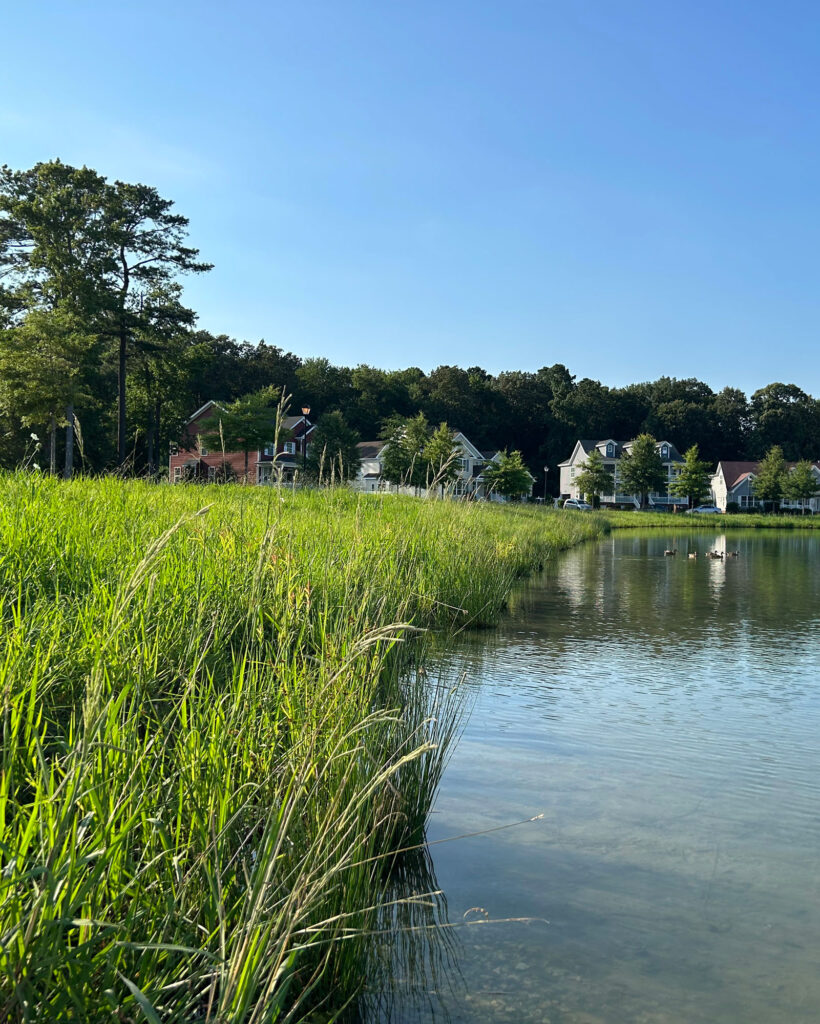
Installing a Proper Vegetative Buffer Along the Lake or Pond Embankment
A buffer zone can help stop trash and debris from entering the main section of the waterbody. It can also block the soil from rain splash erosion. Keeping an un-mowed embankment protects the soil from the continual weight of commercial lawn mowers as well as grass being blown into the pond. It is okay to allow some small shrub species exist in the buffer, but larger trees are problematic because their roots can lead to additional erosion around the waterbody.
Timing is important. As vegetation starts to go dormant in the fall, it is much easier to visually identify the key elements of the stormwater management facility and take appropriate action. This is also the time of year when the majority of debris accumulation occurs, especially leaf litter. Structural problems and upstream flooding can be very expensive and time consuming when a failure occurs. Having an annual management plan in place will allow professionals to see developing issues early, and proactive steps can be taken to prepare the stormwater facility before a massive rain event happens. With routine inspection and repair, the stormwater facility should continue to perform well for many years, even decades!
Who We Are
SOLitude Lake Management is a nationwide environmental firm committed to providing sustainable solutions that improve water quality, enhance beauty, preserve natural resources and reduce our environmental footprint. SOLitude’s team of aquatic resource management professionals specializes in the development and execution of customized lake, stormwater pond, wetland and fisheries management programs that include water quality testing and restoration, nutrient remediation, algae and aquatic weed control, installation and maintenance of fountains and aeration systems, bathymetry, shoreline erosion restoration, mechanical harvesting and hydro-raking, lake vegetation studies, biological assessments, habitat evaluations, and invasive species management. Services and educational resources are available to clients nationwide, including homeowners associations, multi-family and apartment communities, golf courses, commercial developments, ranches, private landowners, reservoirs, recreational and public lakes, municipalities, drinking water authorities, parks, and state and federal agencies. SOLitude Lake Management is a proud member of the Rentokil Steritech family of companies in North America.









